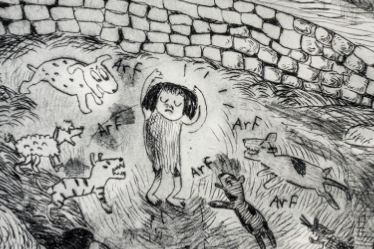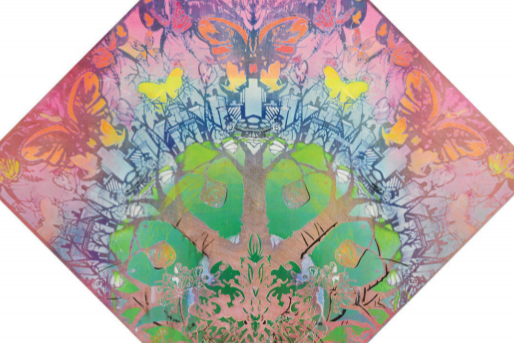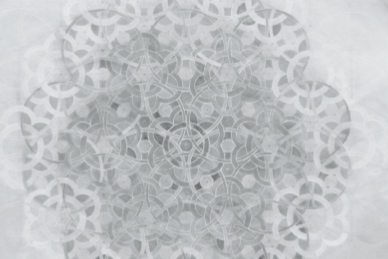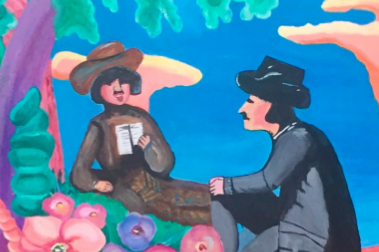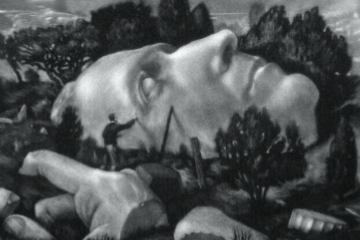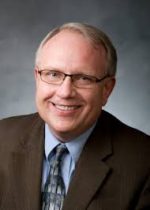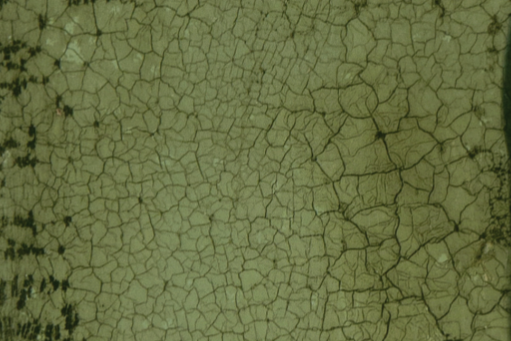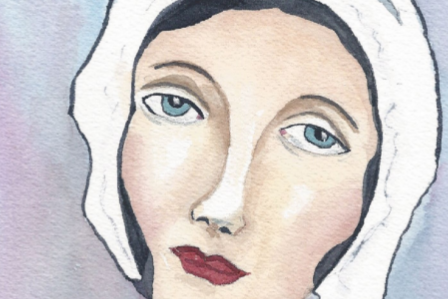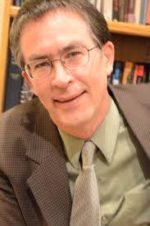The Holy Priesthood, the Holy Ghost, and the Holy Community
October 26, 2018In response to the question “How can a spirit be a member of the godhead?” Joseph Fielding Smith wrote, “we should have no time to enter into speculation in relation to the Holy Ghost,” suggesting that we “leave a matter which in no way concerns us alone.”Perhaps because of this, the Holy Ghost has become one of the “most taboo and hence least studied”subjects in The Church of Jesus Christ of Latter-day Saints. Nevertheless, here I will explore the Holy Ghost’s purview, in its particular relation to priesthood. It may prove most useful to begin the conversation with four statements from Joseph Smith that directly relate, unify, or explicitly link “the Holy Priesthood & the Holy Ghost.”


